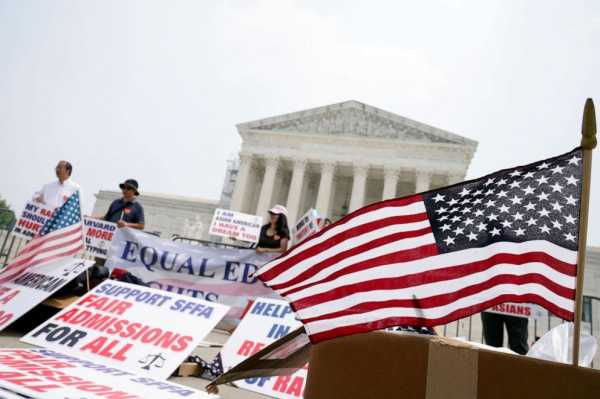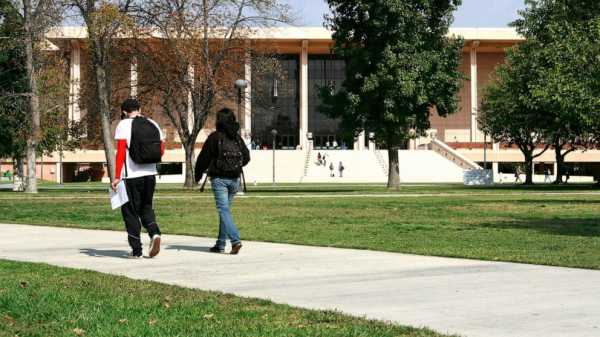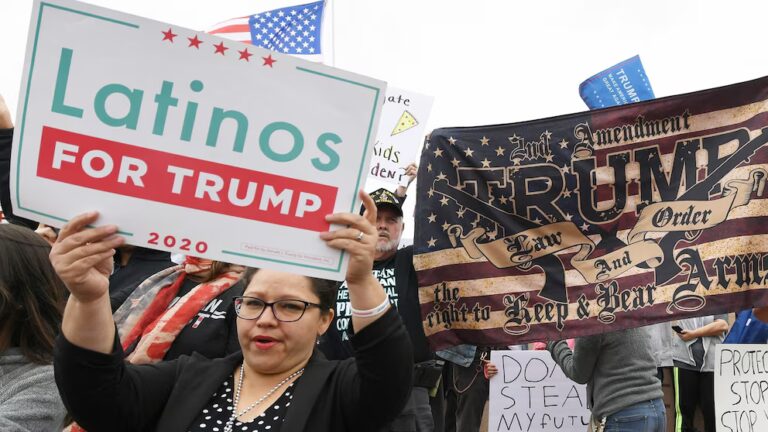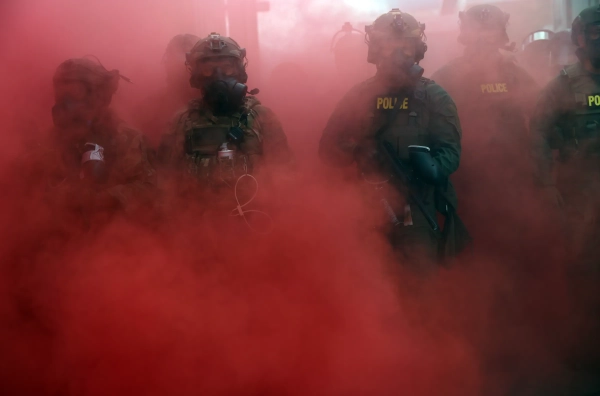Thursday's decision by the Supreme Court ends affirmative action in higher education as we know it, even as it allows schools to continue some limited consideration of an applicant's race.
The 6-3 ruling by the court's conservative justices will change the admissions process for public and private institutions and force the nation's most selective schools to rethink and retool their strategies for building diverse student bodies.
Writing for the majority, Chief Justice John Roberts found that Harvard University and the University of North Carolina's admissions programs violate the equal protection clause of the 14th Amendment. A conservative group, Students for Fair Admissions, had sued those schools over their race-conscious admissions programs, alleging intentional discrimination toward Asian American applicants.
Still, Roberts wrote, schools could be mindful of applicants' race in a much more narrowly tailored way, such as through an application essay or narrative.
"A benefit to a student who overcame racial discrimination, for example, must be tied to 's courage and determination. Or a benefit to a student whose heritage or culture motivated him or her to assume a leadership role or attain a particular goal must be tied to 's unique ability to contribute to the university. In other words, the student must be treated based on his or her experiences as an individual—not on the basis of race," Roberts wrote, adding emphasis. "Many universities have for too long done just the opposite. And in doing so, they have concluded, wrongly, that the touchstone of an individual's identity is not challenges bested, skills built, or lessons learned but the color of their skin. Our constitutional history does not tolerate that choice."
MORE: Biden slams SCOTUS affirmative action decision: 'Discrimination still exists in America'
The impact from the decision will be felt most immediately in the college application process set to begin this fall for hundreds of thousands of high school students.
The Common App, which is used by a million students a year to apply to several colleges at once, has already updated its systems to allow schools to hide the race or ethnicity of an applicant.
In terms of numbers, the decision may mean fewer students of color admitted to the nation's top colleges and universities — at least in the near term. Nine states had already banned affirmative action in public university admissions and the admissions rates for Black and Hispanic students subsequently plunged in some places.

People protest outside of the Supreme Court, June 29, 2023. The Supreme Court struck down affirmative action in college admissions, declaring race cannot be a factor and forcing institutions of higher education to look for new ways to achieve diverse student bodies.Mariam Zuhaib/AP
For example, in the University of California system, Black and Hispanic enrollment dropped by half within two years at the Berkeley and Los Angeles branches after the use of race in admissions was banned in 1996. Today, after the state spent more than half a billion dollars to promote diversity in enrollment, Black undergraduate enrollment is 5% at UCLA and graduate enrollment is 6%. At UC Berkeley, 4% of undergraduates were Black in 2021.
At the University of Michigan, where the use of race was banned in 2006, Black undergraduate student enrollment dropped from about 7% in 2006 to 4.5% in 2022. The school has tried to focus on special preference for socioeconomic status but that has not proven a perfect proxy for race.
More broadly, the average Black-to-white student graduation rate gap at the top 12 public universities that do not use affirmative action was 10.1%, according to research from UCLA. The average gap at the top 12 public universities with affirmative action was 6%.
There are examples of schools where discontinuation of affirmative action has not had a dramatic impact. The University of Oklahoma, which banned the practice in 2012, told the high court that it has seen "no long term severe decline" in minority enrollment. And other schools in California have enrollment demographics that better match their populations.
MORE: Students react to landmark Supreme Court affirmative action decision
One prospective Ivy League student, Alex Shieh, welcomed the ruling against affirmative action on Thursday, telling ABC News anchor David Muir: "I think that by getting rid of affirmative action, now we look at the individual student and what they've accomplished, and we can look at what barriers they've overcome, but we view them as an individual first and foremost as opposed to just viewing them as a blob in an amorphous, larger racial group."
Still, some school officials fear a self-perpetuating problem: admitting fewer students of color will make them whiter and less attractive to prospective applicants of color.
"Given what we've seen in the past, are we going to enter a period where our campuses will be less diverse? Because that's what we have seen in similar instances on the state level," College of the Holy Cross President Vincent Rougeau told ABC News on Thursday after the ruling.
Rougeau is the first Black leader of the school, which is also Justice Clarence Thomas' alma mater. Thomas joined the majority ruling against affirmative action and read his concurring opinion from the bench, underlining his view on the matter.

STOCK PHOTO/Getty Images
Holy Cross is evaluating how its own admissions will change.
"We've had some time to prepare and to think creatively about what we would do in response, and there's a chance I believe that we'll be able to continue to move forward on our goals towards diversity," Rougeau said.
What alternatives will schools explore? Some have tried accepting a fixed percentage of top students from every school or geographic community in the state; some have focused on targeted outreach and mentoring programs; and some have put a special preference or emphasis on socioeconomic status.
Some schools are also looking at eliminating the use of standardized test scores, legacy admissions and even early decision programs — all because they are seen as advantaging white students to the detriment of getting more minority students enrolled.
But much remains unknown in the hours immediately after the Supreme Court sharply restricted how race can be used in college admissions going forward.
The majority's complex decision has many ambiguities — including, in a footnote, making clear that military academies may continue to use race-based admissions because of "potentially distinct" and "compelling" interests for the government and national security.
Other questions and, potentially, more litigation could be raised down the line.
How exactly can issues of race raised in student essays be factored into decisions? Can schools still extend minority-focused scholarships and recruitment programs? To what extent can they use race-neutral strategies to achieve racial diversity on campus?
A slew of lawmakers, officeholders, advocates and more have weighed in on the ruling, with some hailing a historic victory for race-blind equality and others denouncing a "devastating blow" for minority access to education.
Rougeau, at Holy Cross, made this prediction: "I do think we have to be prepared for less diverse campuses in the short term, and the implications of what that means for our young people and for the future of our country."
Sourse: abcnews.go.com






